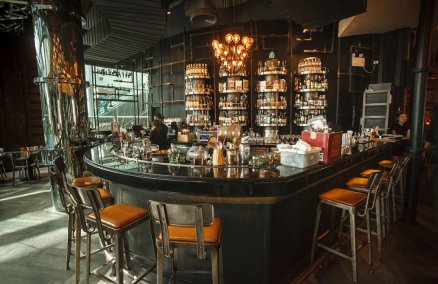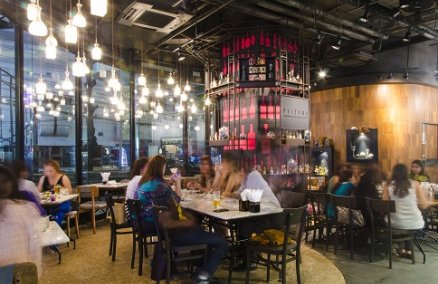Cuban cigars are famous, why only select cigars from other countries? Typically, Cuban cigars are produced in facilities owned and run by the government. In the late 1950s most experienced cigar professionals fled Cuba and settled in places like the Dominican Republic, Nicaragua and Honduras. It’s these traditions, experiences, passions and love for the industry that we believe makes non-Cuban cigars better than those coming out of Cuba today.
What are the basics for those who have never tried a cigar before? Firstly, cigars are not cigarettes. Typically, the tobacco that makes up the filler of cigars is aged for 1-2 years. The binder and wrapper can easily be aged for 2-4 years. During this aging process, the tobacco releases ammonia thus releasing much of the nicotine. Cigars are also all tobacco without paper and chemical additives. Secondly, cigars are meant to be a relaxing experience: dedicate up to an hour to unwind and enjoy it. Cigars are not to be smoked quickly for a quick fix. Thirdly, any hand-rolled cigar has been touched by at least 70 hands during the aging and production process. It’s a very meticulous art form and cigars should be respected as such.
How do you tell a good cigar?
It should feel good to touch, with a solid roll and good bunching in the foot. A good cigar should also draw well. Being handrolled, it isn’t always perfect, so even your favorite cigar will have some sort of flaw. Most importantly, a good cigar is the cigar that you enjoy.
What’s your favorite cigar and whisky pairing? If I’m enjoying a scotch that’s a bit on the peaty side I would probably grab an EPM Liga Miami or a PDR Small Batch Habano. If it’s a smokier, heavier scotch, a good choice would be the A. Flores Serie Privada Maduro or EPM La Hermandad. Those are good places to start.
Advertisement















